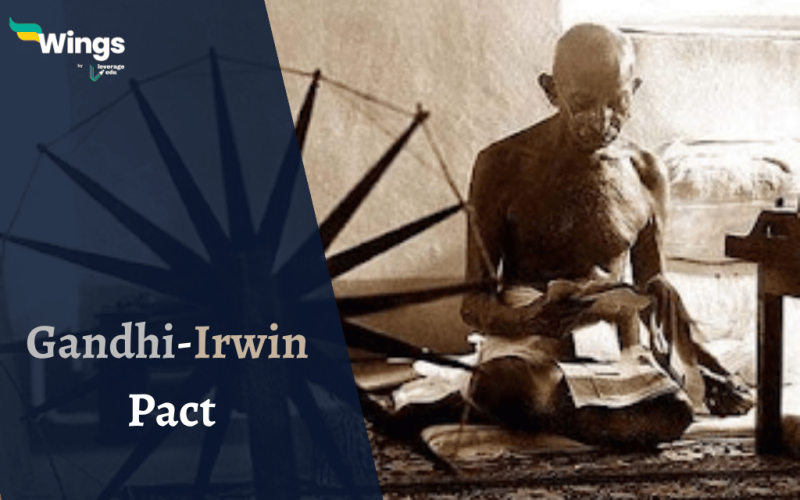On the 5th of March 1931, a historic pact was signed between Mohandas Karam Chandra Gandhi and Lord Irwin. Gandhi and his followers launched a civil disobedience movement against the British government in 1930. It started with the famous salt satyagraha march to Dandi. The Gandhi-Irwin pact is known to mark the end of civil disobedience with a pact signed between Gandhi and Irwin.
Background
The civil disobedience movement was fuelled by the arrest of Mahatma Gandhi for illegally making salt. However, by the end of 1930 thousands of Indians were in jail for following civil disobedience. All this was happening as the British refused to address the 11 demands put forth by Gandhi in the first round table conference. The main problem for the British here was that the movement gained worldwide popularity. Hence, Lord Irwin was searching for ways to end it.

Also Read: The Vellore Mutiny of 1806
Features of Gandhi-Irwin Pact
Considering the fate of thousands of Indians, the INC agreed to take part in the round table conference. These are the features of the Gandhi-Irwin Pact;
- The civil disobedience was suspended indefinitely.
- The ordinances that curbed the working of Congress were to be lifted.
- Locals were allowed to make their own salt for domestic usage from the seawater without tax.
- All prisoners of the civil obedience movement will be released.
- Gandhi’s proposal to revoke Bhagat Singh’s death sentence was turned down.

Also Read: What Was Subsidiary Alliance? Get Complete Results, Policies & Notes to Prepare
Outcomes of Gandhi-Irwin Pact
The following were the outcomes of the Gandi-Irwin Pact;
- INC participated in the second round table conference.
- The government allowed foreign cloth and liquor shops.
- The ban on INC was lifted to hold peaceful non-anti-establishment meetings.
- Confiscated properties of satyagrahis were released.
- The British were outraged by the ideologies of the pact.

Also Read: Bardoli Satyagraha- A Historic Struggle for Justice
Significance
Let’s highlight the significance of the pact in shaping a route for India’s independence.
- Gandhi’s quest for independence through a non-violent way of satyagraha was highlighted in the process.
- This was the second high-level meeting of its kind between Gandhi and a high-level viceroy. Such a meeting was held after 13 years.
- Negotiations between the British and the Indian National Congress were initiated for the first time. It laid the foundation for future discussions and constitutional reforms.
Relevant Blogs
| Birsa Munda: Life and his Ulgulan Movement | Henry Vivian Derozio |
| Tribal Movement in India | Poona Pact |
| Peasant Movements in India | Indigo Rebellion |
| Santhal Rebellion | Rani Gaidinliu and The Heraka Movement |
This blog was all about the Gandhi Irwin Pact. If you want to read more articles like this, you can get Short notes on the Modern History of India here. Also, you can visit our general knowledge page on Indian History!
 One app for all your study abroad needs
One app for all your study abroad needs













